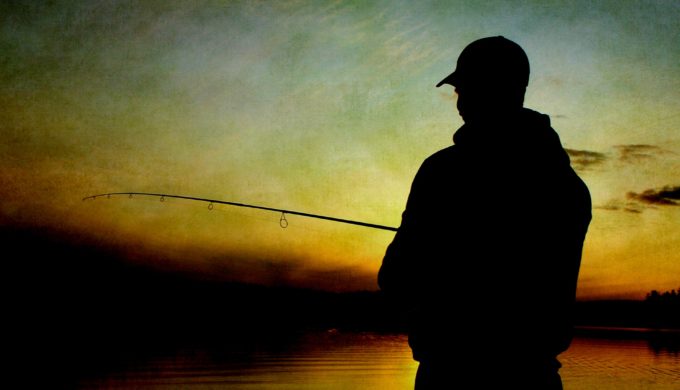Anglers will be happy to hear that during a recent multi-day sampling trip on the Llano River, the Texas Parks and Wildlife Department discovered more than 18 fish species. This was an encouraging sign to Inland Fisheries staff following the historic flooding that took place in 2018. With the fish populations rebounding, this means that improvements to habitat are, in fact, taking effect, following the disastrous effects that resulted from the October 2018 flooding.
John Botros, TPWD River Access Program Coordinator, recently stated, “In 2018 the Llano River was greatly affected by a 100-yr flood that significantly altered its fish habitat. Many anglers and local landowners expressed concern to us about the status of the fish population following this catastrophic flooding. While the abundance of fish in the river is lower than it was before the flood, we are happy to report that fish populations are showing signs of recovery.”
Photo: Bureau of Land Management
The Llano River Watershed Alliance participated in the sampling trip together with the TPWD in March of this year. The sampling occurred on four distinct stretches of the Llano River. In the process, there were significant differences discovered by biologists in terms of amounts and variety in fish species with respect to the South Llano River near Junction and the main corridor of the Llano River. According to Botros, “The most abundant and diverse populations of fish were found on the stretch of the Llano River near the city of Junction and on the South Llano River. This stretch appears to be less affected by the flood. We caught multiple species of minnows, suckers and game fish, including largemouth bass and our state fish, Guadalupe bass. Anglers visiting the area this year will likely have higher fishing success focusing on this stretch of the river.” Regarding the main stream, though there were less game fish to be had, however, those that were caught were considered larger than the ones which were fished from the South Llano River. To this end, Botros said, “Fish tend to be displaced during large flood events, and it takes time for them to repopulate. Flooding is a natural part of river systems and the fish that live there are adapted to handle it; however, it may take a couple of years for populations to return to pre-flood conditions after a flood this large. Spring and early summer is when the bass and catfish in Llano River spawn, so we expect juveniles produced by these remaining adults will bolster populations throughout the river by this fall.”
Photo: Public Domain Pictures
In January 2019, the TPWD opened four access points on the Llano River for bank fishing. “These new sites greatly expand the public’s options for safe, legal, and high-quality bank fishing and paddling access on the river. Seasonal rainbow trout stocking this month makes it the perfect time to explore this scenic Hill Country river with family and friends,” explained Botros to dailytrib.com. With respect to sport fish species other than rainbow trout, TPWD officials are encouraging anglers to continue practicing catch-and-release due to the effects of the historic 2019 Texas Hill Country flooding, since some native species may have been displaced. Those looking to fish on the Llano River can find more information about public fishing access at the link provided here.





